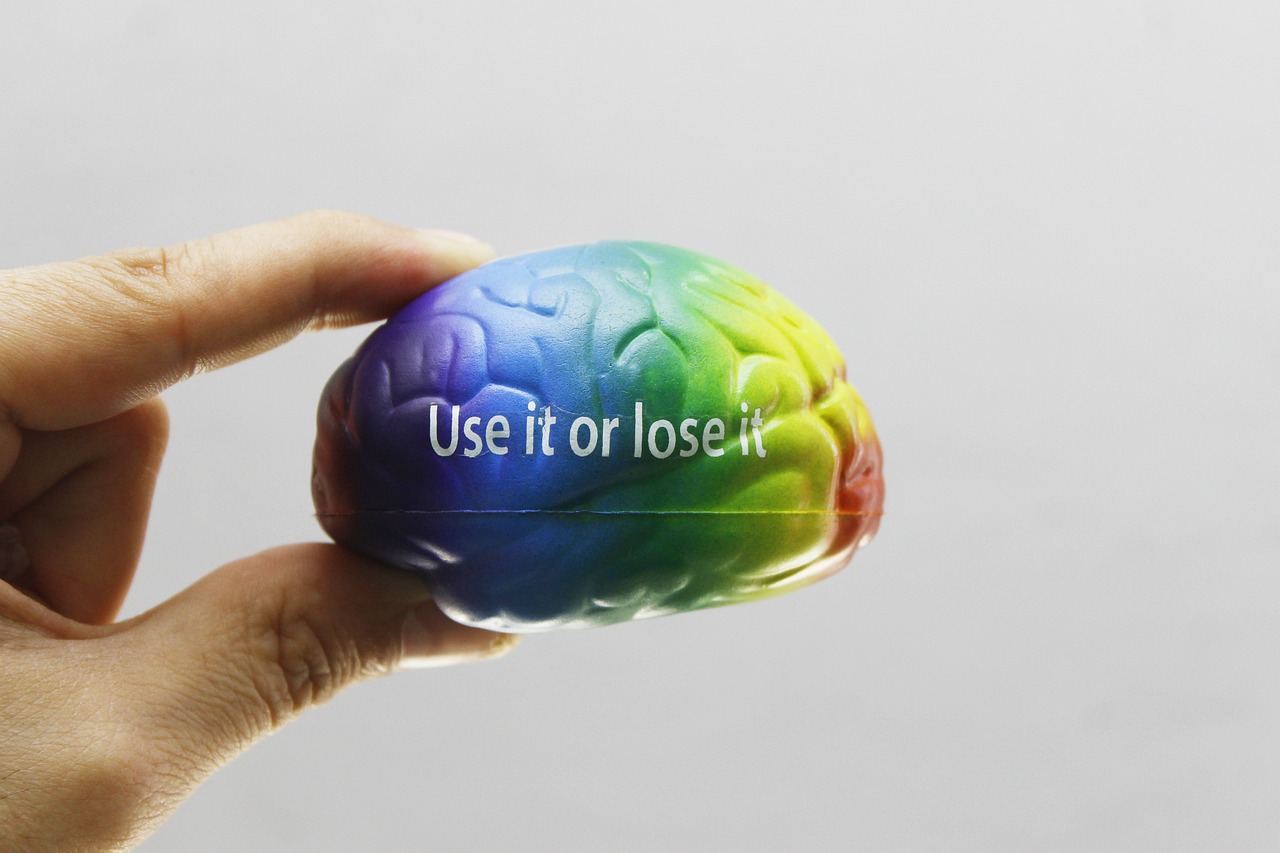“Have you ever lived as someone else?” Just as the lyrics suggest, fully understanding another person’s mind is not easy. Marketers often face this challenge. But what if neuroscience could help you read someone’s mind? Today, we explore the world of neuromarketing and how neuroscience can assist in understanding customer behavior. By the end of this article, you’ll gain a fresh perspective on understanding consumer psychology.

1. The Birth of Neuromarketing: Decoding Consumption in the Brain
First, let’s explore how neuromarketing came into being. German psychologist Hans-Georg Häusel laid the foundation for this field by discovering that specific brain regions play a crucial role in consumption decisions. Häusel argued that by analyzing the brain based on scientific data rather than mere intuition, more accurate marketing strategies could be developed.
His research stood out in the “Pepsi vs. Coca-Cola” experiment. When participants were blindfolded, they preferred the taste of Pepsi, but once they recognized the brand, Coca-Cola emerged as the winner. This demonstrated that consumption is not solely dictated by taste. Häusel confirmed that consumer behavior changes based on brand recognition, leading him to believe that the secrets of marketing are hidden in the brain.
2. The Limbic System and the Big 3: Understanding Consumer Desires
[Häusel’s research revealed that the limbic system governs human consumption decisions.] [The limbic system is the source of emotions and motivations, which eventually lead to consumption.] Häusel introduced three key systems stimulated in this area, known as the ‘Big 3’: the balance system seeking safety, the stimulus system seeking novelty, and the dominance system striving for superiority.
2.1 The Balance System: Prioritizing Safety
The balance system reflects the instinctive desire to avoid danger and pursue safety.] People with a well-developed balance system value family, health, and belonging, and prefer spending on things like insurance, healthcare, and homeownership. For these consumers, [messages emphasizing trust and stability are particularly effective.
2.2 The Stimulus System: Craving Novelty
The stimulus system strongly influences those who seek exciting and new experiences.] These individuals value art, humor, play, and creativity, and prefer innovative products or unique brands. For them, [advertising strategies that stimulate novelty and adventure will be most effective.
2.3 The Dominance System: Aiming for Superiority
Lastly, the dominance system is prominent in those who prioritize honor and victory.] These consumers place a high value on power and status and tend to favor luxury products. For this type, [messages emphasizing success and superiority are most compelling.
3. Consumer Analysis by Type: The Foundation of Marketing Strategy
Häusel found that these three systems develop differently in each person, leading to seven distinct types of consumers. Understanding these types allows for more targeted and precise marketing strategies.
3.1 Adventure/Thrill Type
This type has a well-developed stimulus and dominance system. They enjoy art and luxury while also pursuing victory and honor. For these consumers, messages that provoke a sense of adventure and a desire for success will be most effective.
3.2 Fantasy/Indulgence Type
The fantasy/indulgence type has both the balance and stimulus systems highly developed, seeking safety while valuing art, humor, and fantasy. For them, messages that are both stable and emotionally engaging will be most appropriate.
3.3 Discipline/Control Type
Finally, the discipline/control type has a well-developed balance and dominance system. They value tradition and safety while also prioritizing efficiency and performance. For these consumers, messages that emphasize reliability and performance are most effective.
Conclusion: Understand Your Customers’ Brains and Develop Strategies
Häusel’s theory may not be perfect, but it offers a way to peer into the minds of customers and understand what they truly want. Professional marketers focus on understanding people, which leads to greater success.
Use Häusel’s ‘Big 3′ system to identify what type your customers fall into and develop strategies accordingly. Understanding your customers’ brains could be the true key to success.
